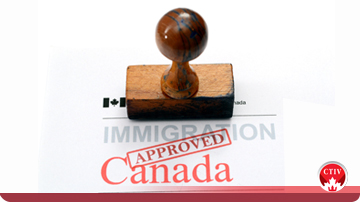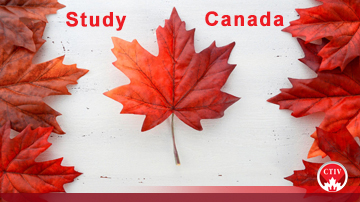Canada is well known for its spacious countryside, cultural diversity, superior education, healthcare system and economic stability, has one of the highest immigration rates and is considered one of the most popular destinations for Immigrants.

By Sanjay Prasher (SP), M.B.A, CICC
Regulated Canadian Immigration Consultant (RCIC) | Member, College of Immigration & Citizenship Consultants (CICC)
Licensed by the Immigration Consultants of Canada Regulatory Council (ICCRC) | Gold Member, CAPIC
Canada’s 2024 election has brought a Liberal government under Prime Minister Mark Carney, signaling pivotal shifts in immigration policy. While headlines tout “stabilization,” the real impact lies in the details. For applicants, these changes could mean tighter competition, stricter rules for temporary residents, and new opportunities for French speakers. Here’s what you need to know.
Previous Approach: Aggressive targets (e.g., 465,000 in 2023).
New Direction: Cap annual PR admissions at <1% of the population post-2027 (~405,000 by 2025).
What It Means:
Competition for PR spots will intensify.
Applications must align perfectly with program criteria (e.g., in-demand skills, French proficiency).
Current Reality: Temporary residents make up 7.25% of Canada’s population.
New Target: Reduce to <5% by 2027.
Impact:
Stricter work/study permit approvals.
Pressure on PGWP holders to transition to PR or leave.
Possible caps on programs like Spousal Open Work Permits (SOWP).
New Goal: 12% of immigrants outside Quebec to be French-speaking by 2029 (up from 8.5%).
Opportunity: French-language skills (CLB 7+) now offer a critical edge in Express Entry and PNPs.
Focus Areas: Tech, healthcare, and green energy.
Policy Updates:
Revamped Global Skills Strategy to fast-track STEM professionals.
Enhanced credential recognition for engineers, nurses, and IT specialists.
Takeaway: Align your profile with sectors like AI, clean tech, or healthcare to stand out.
Promise: Digitizing systems to reduce processing times.
Reality: Current delays persist (e.g., 18+ months for some family sponsorships).
Advice: Apply early, ensure flawless documentation, and prepare for waits.
Challenges: Stricter quotas, higher proof of funds.
Opportunities: Focus on provincial nominations (e.g., BC Tech, Alberta Accelerated Pathway).
PGWP holders: Apply for PR before 2025 reforms tighten eligibility.
Students: Target Francophone provinces (e.g., New Brunswick) for easier PR pathways.
Ontario’s French-Speaking Skilled Worker Stream and Nova Scotia’s Labour Market Priorities are key targets.
The Liberals’ “stabilization” strategy prioritizes quality over quantity. A one-size-fits-all approach won’t work. For example:
Express Entry: CRS cutoffs may rise for non-French speakers.
PNPs: Provinces like Saskatchewan now prioritize healthcare and trades over general skilled workers.
Target Provincial Nominee Programs (PNPs): Alberta’s Dedicated Healthcare Pathway and BC’s Tech Pilot are less competitive.
Boost French Proficiency: Aim for CLB 7+ to access dedicated draws.
Consult an RCIC: Navigate complex rules with tailored advice (e.g., documenting work experience, avoiding application pitfalls).
The Liberals’ reforms demand a proactive approach. Whether you’re a tech worker eyeing Ontario or a nurse targeting Atlantic Canada, strategic planning is non-negotiable.
Need Help? Book a consultation with Sanjay Prasher to craft a winning application.
Learn More: www.ctivci.ca
Q: How will the temporary resident reduction affect students?
A: Stricter PGWP extensions and fewer open work permits. Prioritize PR pathways early.
Q: Is French mandatory for immigration now?
A: No, but it significantly boosts CRS scores and PNP eligibility.
Q: Are processing times improving?
A: Digitalization may help long-term, but 2024 applicants should expect delays.
Q: What sectors are prioritized for economic immigration?
A: Tech, healthcare, construction, and green energy.
Q: How can Indian applicants improve their chances?
A: Target PNPs, secure job offers, and demonstrate strong financial stability.

Canada is well known for its spacious countryside, cultural diversity, superior education, healthcare system and economic stability, has one of the highest immigration rates and is considered one of the most popular destinations for Immigrants.

Canada is one of the top choices of international students for education owing to its multicultural society, high academic standards, affordability, exiting campus lifestyles and world-class education among many other attributes.